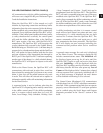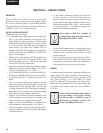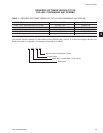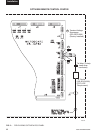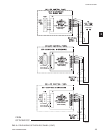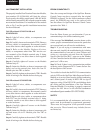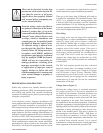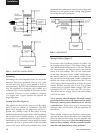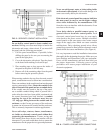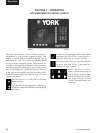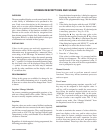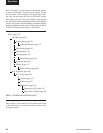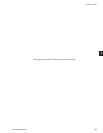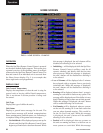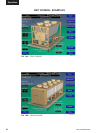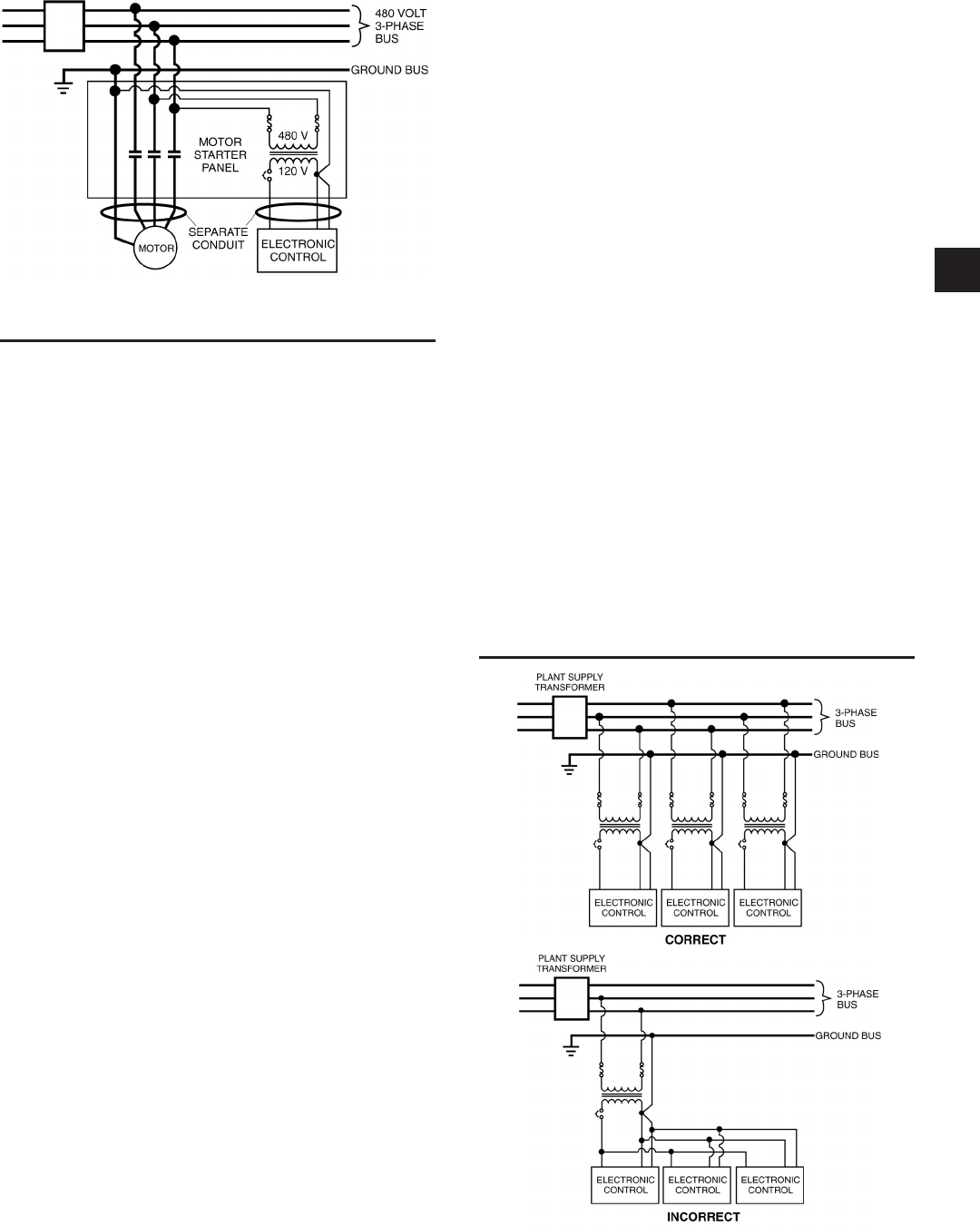
FORM 50.40-OM2
17YORK INTERNATIONAL
FIG. 5 – SEPARATE CONDUIT INSTALLATION
Do not drill a control panel to locate conduit con-
nections. Drilling can cause metal chips to land in the
electronics and create a short circuit. If you must drill
the panel, take the following precautions:
1. Call the panel manufacturer, if possible, before
drilling the panel to be sure you are entering the
panel at the right place.
2. Cover the electronics with plastic. Tape the plastic
to the board with masking or electrical tape.
3. Place masking tape or duct tape on the inside of
the panel at the point of drill bit entry.
4. Remove all of the remaining chips from the panel
before removing the protective plastic.
When routing conduit to the top of an electronic control
panel, condensation must be taken into consideration.
Water can condense in the conduit and run into the panel
causing catastrophic failure. Route the conduit to the
sides or bottom of the panel and use a conduit drain.
If the conduit must be routed to the top of the panel,
use a sealable conduit tting which is poured with a
sealer after the wires have been pulled, terminated and
the control functions have been checked. A conduit
entering the top of the enclosure must have an
“O” ring-type tting between the conduit and the
enclosure, so that if water gets on top of the enclosure,
it cannot run in between the conduit and the enclosure.
This is extremely important in outdoor applications.
Never add relays, starters, timers, transformers,
etc. inside an electronic control panel without rst
contacting the manufacturer. Contact arcing and
EMI emitted from these devices can interfere with the
electronics. If you need to add these devices contact the
manufacturer for the proper device types and placement.
Never run refrigerant, water or brine tubing inside
an electronic control panel. A leak could damage or in
some cases totally destroy the electronics.
If the electronic control panel has a starter built into
the same panel, be sure to run the higher voltage
wires where indicated by the manufacturer. EMI
from the wires can interfere with the electronics if run
too close to the circuitry.
Never daisy-chain or parallel-connect power or
ground wires to electronic control panels. Each
electronic control panel must have its own supply
wires back to the power source. Multiple electronic
control panels on the same power wires create current
surges in the supply wires which can cause controller
malfunctions. Daisy-chaining ground wires allows
ground loop currents to ow between electronic control
panels which also causes malfunctions. (See Figure 6)
It is very important to read the installation instructions
thoroughly before beginning the project. Make sure you
have drawings and instructions with your equipment.
If not, call the manufacturer and have them send you
the proper instructions. Following correct wiring
procedures will ensure proper installation of your
electronic equipment.
LD06738
FIG. 6 – POWER & GROUND WIRE CONNECTIONS
LD06739
LD06740
2



